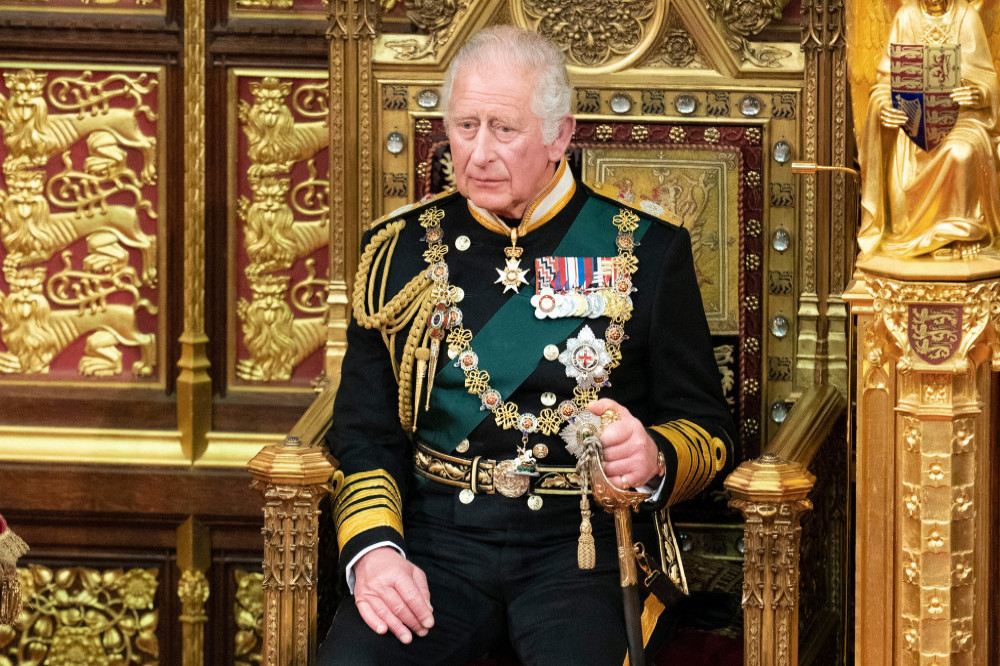Following the death of Queen Elizabeth, her eldest son Prince Charles has already taken on the title of King.

The new King Charles
The 96-year-old monarch passed away on Thursday (08.09.22) afternoon, and the laws of succession state the crown is instantly passed along, though there are then a number of official processes to go through for the new king.
Prime Minister Liz Truss will hold an audience with the new king before he delivers a broadcast to the nation.
At the same time, a service of remembrance is planned to take place at St Paul's Cathedral in London, which will be attended by Truss and other senior ministers.
On Friday (09.09.22), the Accession Council will meet at St. James' Palace to officially proclaim King Charles as the new sovereign in front of privy counsellors.
Parliament will meet to agree on a message of condolence and all other business will be suspended for 10 days.
Later in the afternoon, the new king will join the Prime Minister and Cabinet for a meeting.
On the third day, Charles will receive the motion of condolence at Westminster Hall before embarking on a tour of the United Kingdom, beginning with a visit to the Scottish parliament and a service at St. Giles Cathedral in Edinburgh. He will head to Northern Island on the fourth day, to receive another motion of condolence at Hillsborough Castle and attend a service at St. Anne’s Cathedral in Belfast.
Later in the week, he will receive another motion of condolence at the Welsh parliament and attend a service at Llandaff Cathedral in Cardiff, Wales.
An official coronation ceremony will take place at some point within a year of Charles being named king, and it was previously revealed the ritual was likely to be limited to just 2,000 guests because it was hoped to arrange an event that was "shorter, sooner, smaller, less expensive and more representative of different community groups and faiths" than when Elizabeth was formally crowned in June 1953, 16 months after being named queen.
Meanwhile, two days after the queen's death, her coffin will be brought back to Buckingham Palace according to plans specified in Operation Unicorn - the procedure for if she died in Scotland - meaning it will travel to London by royal train if possible, otherwise by plane. The Prime Minister and other ministers will welcome the coffin.
The fourth day after the queen's death will also see a rehearsal for the moving of the coffin from Buckingham Palace to the Palace of Westminster, ahead of the real procession along a ceremonial route the following day, culminating in a service in Westminster Hall.
The queen will lie in state at the Palace of Westminster for three days, with members of the public able to visit 23 hours a day.
A state funeral - which will be a Day of National Mourning - will be held at Westminster Abbey 10 days after the queen's death.
There will be a two-minute silence at midday and processions will take place in both London and Windsor.
There will be a committal service in St. George’s Chapel at Windsor Castle, and the queen will be buried in the castle’s King George VI Memorial Chapel.
Tagged in Prince Charles Queen Elizabeth King Charles

